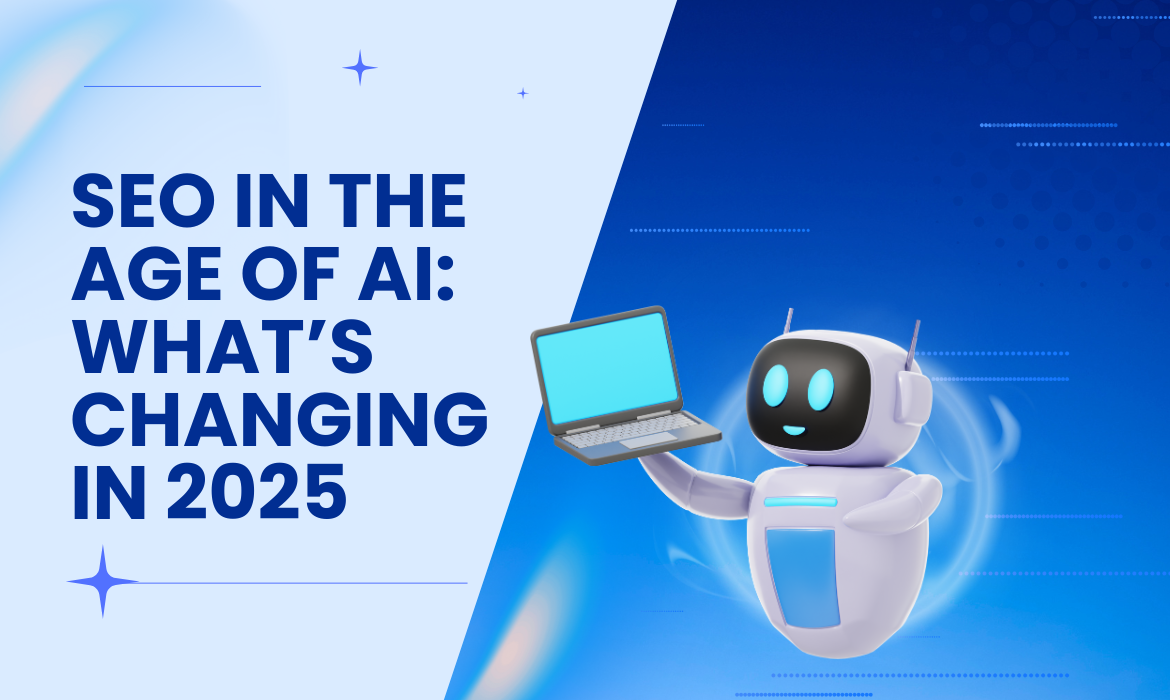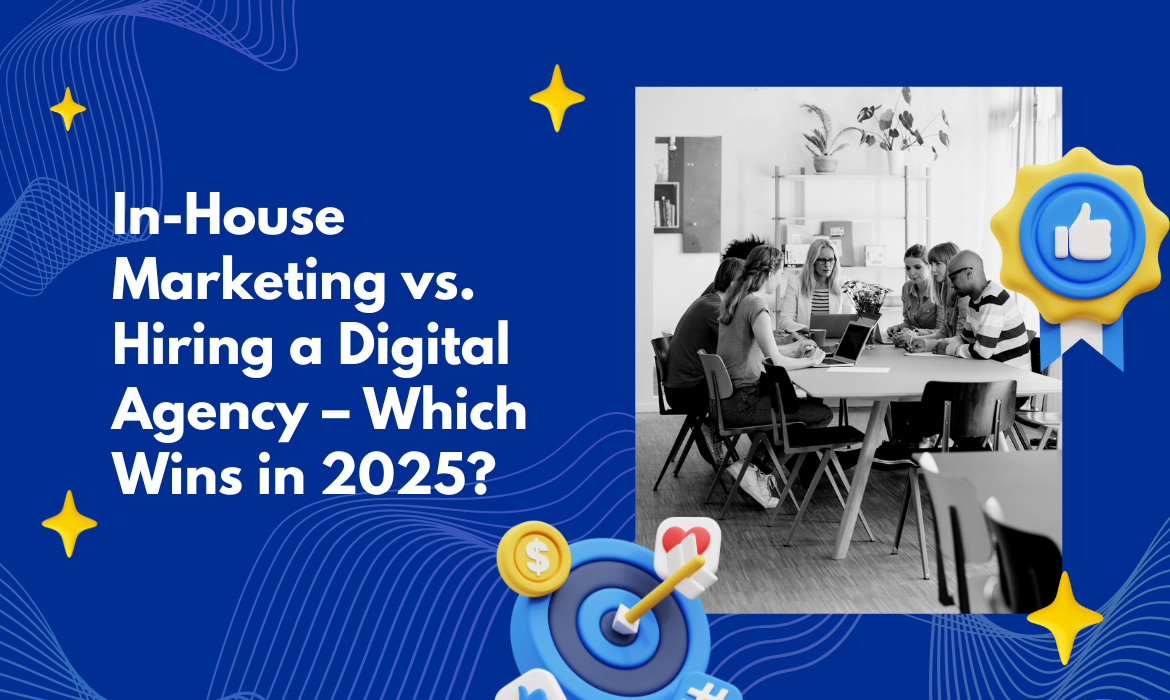
With the rise of tools like ChatGPT, Jasper, and other AI writers, digital marketers are facing a critical question: Does AI-generated content help or hurt SEO rankings? At AimGlobal, we’ve tested this ourselves through real-world campaigns — and the insights might surprise you.
In collaboration with Mafatlal Marketplace, we designed and executed a full-scale strategy using AI-generated content to boost organic visibility of Amazon product listings on Google. Here’s everything we learned — and how AI can be a game-changer when used the right way.
Strategy Overview: Testing AI Content in the Real World
At Mafatlal Marketplace, the goal was clear:
Can we use high-volume AI-generated content to rank e-commerce products on Google without relying solely on Amazon’s internal search engine?
To do this, we implemented a guest blogging strategy powered by AI.
What We Did:
Published 6 AI-generated guest blogs daily:
- Across niche-relevant, high-authority third-party websites.
- Each blog targeted long-tail, intent-based keywords, such as:
- “pink bedsheets for summer”
- “cotton bath towels for kids”
- “winter blankets for Delhi homes”
Each blog included:
- Keyword-optimized meta titles and descriptions.
- H1 and H2 headings with focus terms.
- Internal anchors and backlinks to specific Amazon product listings.
Measurable Impact: What the Data Says
According to our July W1 Keyword Ranking Report, the AI-generated content campaign produced clear, positive SEO results:
- Multiple long-tail keywords ranked on Google’s first page.
- Amazon product listing pages gained increased organic visibility
- Significant spike in non-Amazon SEO-driven traffic
Key takeaway: Strategic, semantically-optimized AI content boosted rankings without Google penalizing it for being machine-authored.
Why It Worked: What Google Actually Looks For
Many marketers fear AI content because of Google’s historic stance against “automatically generated content.” But recent updates clarify this: Google doesn’t penalize AI content if it’s valuable, accurate, and helpful.
Here’s what made our approach work:
Relevance:
Each blog was crafted around real user intent. That’s what helped it rank — not just the fact it was AI-written.
Structured Formatting:
We followed proper SEO structure:
- Focus keywords in H1/H2s.
- Optimized meta descriptions.
- Image alt text and schema where applicable.
Contextual Backlinks:
Each guest post included a backlink to a relevant Amazon product page, improving authority and SEO equity.
No Footprint:
We diversified platforms — spreading content across different domains to avoid any detectable AI publishing patterns.
Lessons Learned: Using AI the Smart Way
1. AI is a Starting Point, Not the Final Draft:
While AI can quickly generate content outlines and drafts, human editing is essential to ensure clarity, originality, and brand tone.
AI can write “pink bedsheets for summer” — but you need to explain why they’re better, what thread count matters, and how they differ by region.
2. Intent-Driven Content Performs Best:
We focused on long-tail, buyer-intent keywords instead of broad, generic ones. These match what people actually search for — and have less competition.
3. E-E-A-T Matters More Than Ever:
To satisfy Google’s Experience, Expertise, Authoritativeness, and Trust (E-E-A-T) framework:
- Add expert commentary or editorial insights to AI-written blogs.
- Include author bios and source links to build credibility.
- Update content regularly with fresh data and facts.
4. Avoid the Pitfalls:
AI won’t help if:
- Content is thin or overly generic.
- There’s keyword stuffing.
- Pages offer no new insights or value to users.
Real-World Example: Amarakosha Blog Results
We applied this approach to Amarakosha’s hospitality brand.
Blog Title: Amarakosha – The Ultimate Homestay in Nandi Hills for a Relaxing Escape
Results:
- 70+ clicks
- 6,000+ impressions
- Ranked for “homestay in Nandi Hills,” “Nandi Hills weekend escape,” and similar near-me terms.
What worked?
- AI helped us scale quickly, but manual refinement ensured it resonated with travelers.
- FAQs, travel tips, and imagery made it useful — not just optimized.
Best Practices: How to Use AI Content for SEO Effectively
If you’re looking to integrate AI into your SEO strategy, here’s a framework that works:
Step 1: Use AI for Drafting
Generate first drafts using AI tools like ChatGPT or Jasper. Use prompts that target specific keywords and audience needs.
Step 2: Edit With Human Insight
Review and rewrite parts where necessary. Add:
- Personal or brand experiences
- Client testimonials
- Regional or niche examples
Step 3: Optimize for SEO
Use focus and related keywords in:
- Meta titles, descriptions
- Headers (H1, H2)
- Body content
- Image alt text
Implement:
- Internal linking
- External citations
- Schema markup
Step 4: Monitor Performance
Use Google Search Console and Analytics to track:
- Impressions
- Clicks
- Keyword positions
- Bounce rate
Refine content based on what performs — and keep updating older blogs with new insights and data.
Final Verdict: Does AI Content Help SEO?
Yes — but only if used right.
Our campaign with Mafatlal Marketplace shows that AI-generated content can significantly improve SEO performance, especially for e-commerce or content-heavy verticals. The keys to success are:
- Relevance to user intent.
- Proper formatting and structure.
- Expert oversight and review.
- Content diversity and backlink relevance.
Used strategically, AI isn’t a threat to rankings — it’s a scalable growth tool.
Ready to Scale SEO With AI Content That Ranks?
At AimGlobal Digital, an SEO Agency in Bangalore, we combine AI technology with human expertise to craft SEO-optimized content that gets results. Whether you’re a D2C brand, SaaS company, marketplace, or hospitality business, we help you:
- Identify high-intent keywords.
- Generate and refine AI content.
- Build authoritative backlinks.
- Monitor and scale what works.
Let’s talk strategy.
Contact AimGlobal Digital and unlock smarter SEO content — powered by AI, perfected by experts.


![Your brand deserves designs that speak before you do!We create scroll-stopping reels, carousels, and posts that don’t just look stunning — they deliver real impact.From concept to conversion, every creative is built to grab attention and grow your brand.✨ Let’s design something unforgettable together!
📩 Connect with us at sales@aimglobal.digital💬 DM us or drop an email to start your creative journey today.[creative design agency, social media marketing, brand creatives, reels design, carousel design, content that converts, branding agency, digital marketing services, social media design, graphic design, visual branding, creative content, brand storytelling, AIMGLOBAL]](https://aimglobal.digital/wp-content/plugins/instagram-feed/img/placeholder.png)




